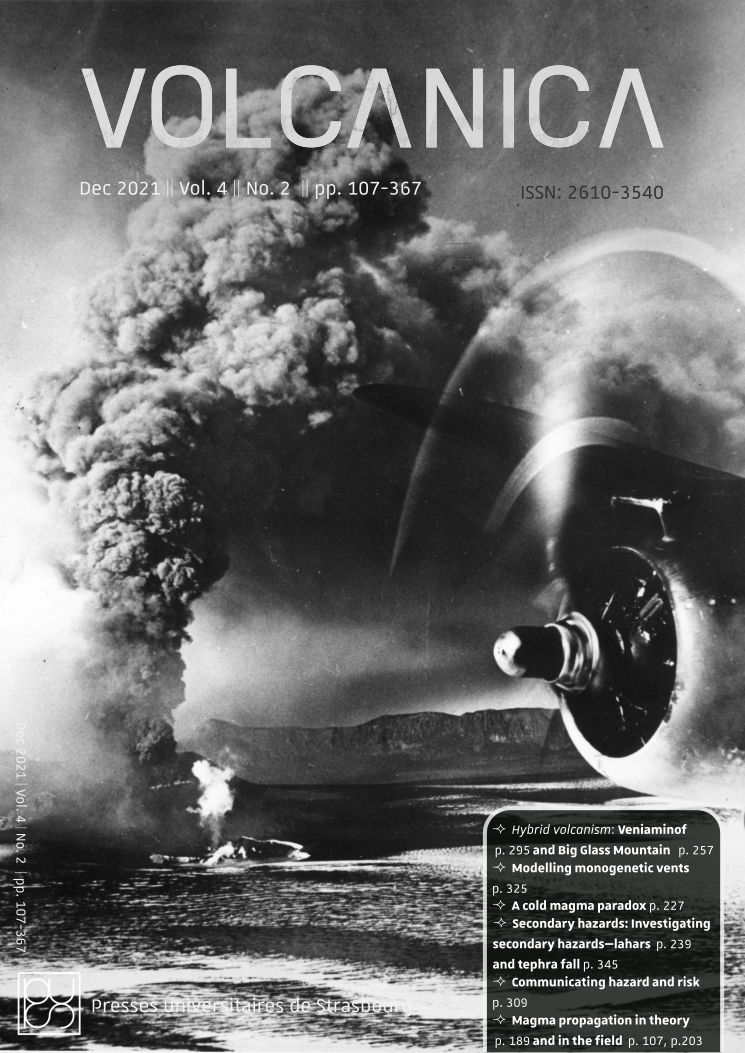Insight into volcanic garnet: origin and significance of garnet as exemplified by a detailed petro-mineralogical study of the Breziny andesite (Central Slovakia Volcanic Field, Western Carpathians, Central Europe)
Main Article Content
Abstract
Almandine-rich garnets from a Neogene andesite of Slovakia can be divided into two main types. Garnet megacrysts are magmatic and form a chemically homogeneous group that contains, on average, about 5 wt% CaO and 4.5 wt% MgO as petrogenetically significant components. Garnets occurring in lithic fragments and garnets aggregated in garnetite lenses are characterised by Ca-poor cores (CaO <= 2 wt%) that testify for a two-step history and correspond respectively to inherited pre-anatectic and peritectic garnets. Available experimental data show that the composition of magmatic garnet megacrysts is compatible with a peritectic origin, through the fluid-absent melting of an immature metasedimentary protolith or a tonalitic gneiss. However, thermal evolution evidenced by zircons shielded in garnet rather suggests that garnet nucleated and grew by cooling of a hybrid magma pool, resulting from the complete mixing of crust- and mantle-derived melts.
Downloads
Article Details

This work is licensed under a Creative Commons Attribution 4.0 International License.
© The Author(s).
Submission of an original manuscript to Volcanica will be taken to mean that it represents original work not previously published, and not being considered for publication elsewhere.
The Creative Commons Attribution 4.0 International License permits unrestricted use, distribution, and reproduction in any medium, provided you give appropriate credit to the original author(s) and the source, provide a link to the Creative Commons license, and indicate if changes were made.
Accepted 2021-07-14
Published 2021-09-15





